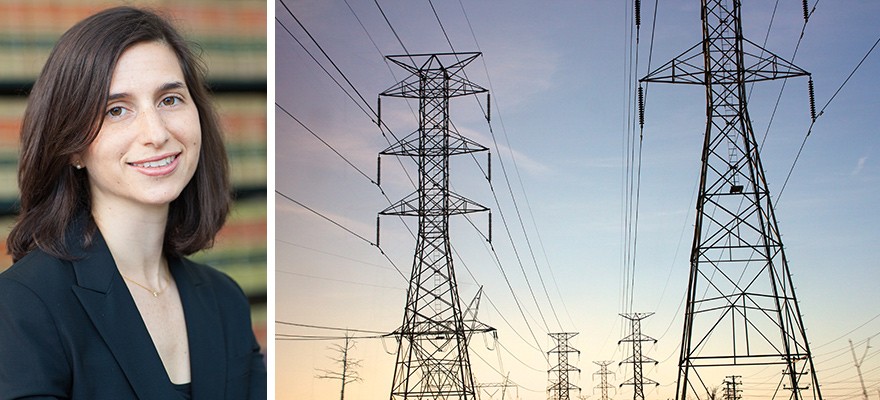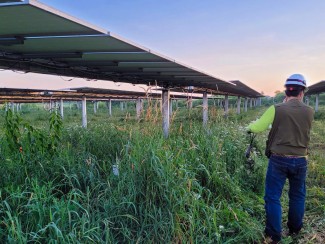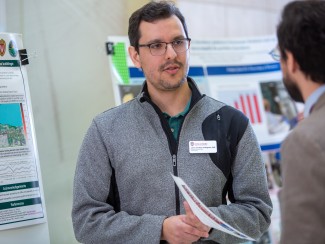
Not so long ago, most of us knew that the electricity powering our homes was generated at a power plant down the road and travelled through transmission lines to get to our kitchens and living rooms. The local utility provided the power and we paid the bill. Today, however, rooftop solar panels abound, personal wind turbines can be purchased at Home Depot, and the nature of energy markets is changing rapidly.
A glance at the calendar for the current Supreme Court Term, which includes the argument of two energy regulation cases, confirms that energy markets are in transition and policy makers are working hard to keep up.
“It’s definitely a big Term at the Supreme Court for energy regulation,” says Miriam Seifter, professor at the University of Wisconsin Law School, energy law expert, and former clerk for Supreme Court Justice Ruth Bader Ginsburg. “It’s unusual for the Supreme Court to be hearing two energy regulation cases in a single Term and it’s also noteworthy that the Court is hearing two cases that ask very similar questions.”
In both cases, the Justices will be wrestling with the entwined nature of wholesale and retail electricity markets and the appropriate division of regulatory authority between the Federal Energy Regulatory Commission (FERC) and state and local governments.
“Both of these cases are about this very difficult question of state versus federal power to regulate energy,” says Seifter, who is a scholar of both administrative law and federalism. “The Supreme Court is trying to work out how you divide up federal and state power in a way that is principled.”
It has become difficult to draw a clean line between wholesale and retail – the markets significantly affect each other; they are intertwined. This makes it an especially interesting time for the Supreme Court to be getting involved in the issue.
Miriam Seifter
Historically, this division of regulatory authority has been fairly uncomplicated. Under the Federal Power Act, the federal government has authority over wholesale energy rates and sales while states have authority over retail rates and sales of energy. In the newly emerging energy economy, however, there are all kinds of new actors, services, products, and forms of generation.
“We are looking at new energy markets and transactions,” Seifter says. “It has become difficult to draw a clean line between wholesale and retail – the markets significantly affect each other; they are intertwined. This makes it an especially interesting time for the Supreme Court to be getting involved in the issue.”
In a case argued in mid-October, FERC asserted that it is within its regulatory power to set the price that electricity wholesale market operators must pay certain customers, including factories, for their commitment to reduce electricity use at times of peak demand (a practice known as “demand-response”). Demand response has the potential to reduce the problems of price spikes, brownouts, and blackouts, and FERC's compensation decision is intended to encourage demand response participation in wholesale markets. Numerous grid operators and power providers, however, strongly opposed FERC’s assertion of authority.
In the upcoming case, state representatives will argue that FERC does not have the authority to prohibit Maryland from providing incentives to construct new electricity generation facilities.
On Monday, December 7th, Seifter will give a talk entitled “Energy Law at the Supreme Court: Demand Response and Federalism” as part of the Wisconsin Energy Institute’s Sustainable Energy Seminar series. The seminar will take place at 3:30 p.m. in room 1115 of the Wisconsin Energy Institute. The public is welcome.





